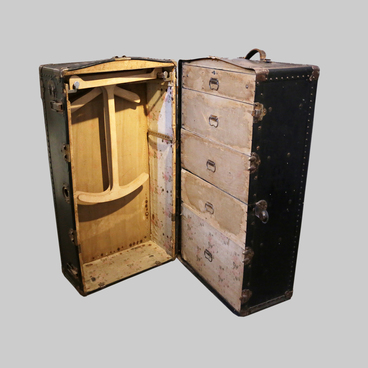One of the most interesting random archaeological finds in the Southern Trans-Urals is a series of stone slabs decorated with a ram’s head. They were first discovered in the late 19th century. Since then, more than 60 slabs have been found. They originate from the territory of the Southern Urals and Northern Kazakhstan, with the exception of three slabs (from the Zhetysu area, the lower reaches of the Ob River, and Iranian Azerbaijan). The slabs are clearly divided into three groups: “realistic”, “stylized”, and non-standard “schematic” ones.
Their cultural and chronological background is still a matter of debate. The problem is that almost all slabs have been found at shallow depth, often on tilled land, next to archaeological sites of different time periods. This has allowed scientists to suggest that such objects had been manufactured throughout the entire period from the Chalcolithic Age to the Early Iron Age.
Their purpose is still unclear. According to some researchers, the slabs could have been used to grind aromatic substances for religious ceremonies, to kindle fire and incense, or as stands for clay incense burners. Others say the slabs were originally utilitarian in nature, since the “realistic” ones show traces of use (chips and abrasions), but they gradually lost their meaning and started being used for religious purposes.
The altar from the collection of the State Museum of the South Ural History was discovered near the city of TrOitsk in 1958, during plowing works at the LEnin state farm in the Karakul District of the ChelyAbinsk Region. It was found next to a SavromAt burial. It is a flat round slab measuring 30.7 centimeters in diameter and 9.6 centimeters in height. A part of its lateral face is shaped like a three-dimensional ram’s head with spirally twisted horns. The slab and stone head are well polished. The object’s sides are slightly curved, with straight edges. The bottom is flat.
There is a rounded depression some 15 centimeters in diameter and 1.6 centimeters deep on top of the slab. The ram’s head is raised. It is separated from the slab’s bottom with a lip; the bottom edge is clear and rounded at the front. The ram’s head is highly detailed: the nose is humped, and the lower lip and submaxillary area are sagging down. The lips look like a curved line and are emphasized by grooves above and below it. The eyes are shaped like oval bulges, and the nostrils looks like small depressions with a protruding edge. The lower part of the head tapers towards the nose; it has a slightly recessed center and a V-shaped contour formed by a flattened polished strip. The horns have a typical three-dimensional shape, with the spirals partially covering the top of the slab. The spirals are very high in the center, about 2 to 2.5 centimeters. The horns are narrow. They are separated by a 0.8 centimeters wide cut above the forehead. There is a straight groove at the base of the horns.
Their cultural and chronological background is still a matter of debate. The problem is that almost all slabs have been found at shallow depth, often on tilled land, next to archaeological sites of different time periods. This has allowed scientists to suggest that such objects had been manufactured throughout the entire period from the Chalcolithic Age to the Early Iron Age.
Their purpose is still unclear. According to some researchers, the slabs could have been used to grind aromatic substances for religious ceremonies, to kindle fire and incense, or as stands for clay incense burners. Others say the slabs were originally utilitarian in nature, since the “realistic” ones show traces of use (chips and abrasions), but they gradually lost their meaning and started being used for religious purposes.
The altar from the collection of the State Museum of the South Ural History was discovered near the city of TrOitsk in 1958, during plowing works at the LEnin state farm in the Karakul District of the ChelyAbinsk Region. It was found next to a SavromAt burial. It is a flat round slab measuring 30.7 centimeters in diameter and 9.6 centimeters in height. A part of its lateral face is shaped like a three-dimensional ram’s head with spirally twisted horns. The slab and stone head are well polished. The object’s sides are slightly curved, with straight edges. The bottom is flat.
There is a rounded depression some 15 centimeters in diameter and 1.6 centimeters deep on top of the slab. The ram’s head is raised. It is separated from the slab’s bottom with a lip; the bottom edge is clear and rounded at the front. The ram’s head is highly detailed: the nose is humped, and the lower lip and submaxillary area are sagging down. The lips look like a curved line and are emphasized by grooves above and below it. The eyes are shaped like oval bulges, and the nostrils looks like small depressions with a protruding edge. The lower part of the head tapers towards the nose; it has a slightly recessed center and a V-shaped contour formed by a flattened polished strip. The horns have a typical three-dimensional shape, with the spirals partially covering the top of the slab. The spirals are very high in the center, about 2 to 2.5 centimeters. The horns are narrow. They are separated by a 0.8 centimeters wide cut above the forehead. There is a straight groove at the base of the horns.



